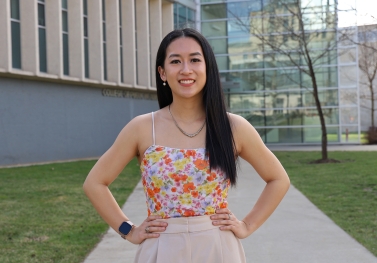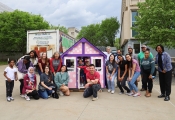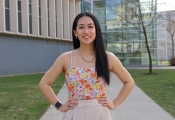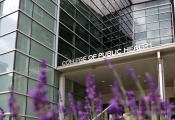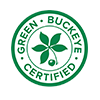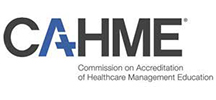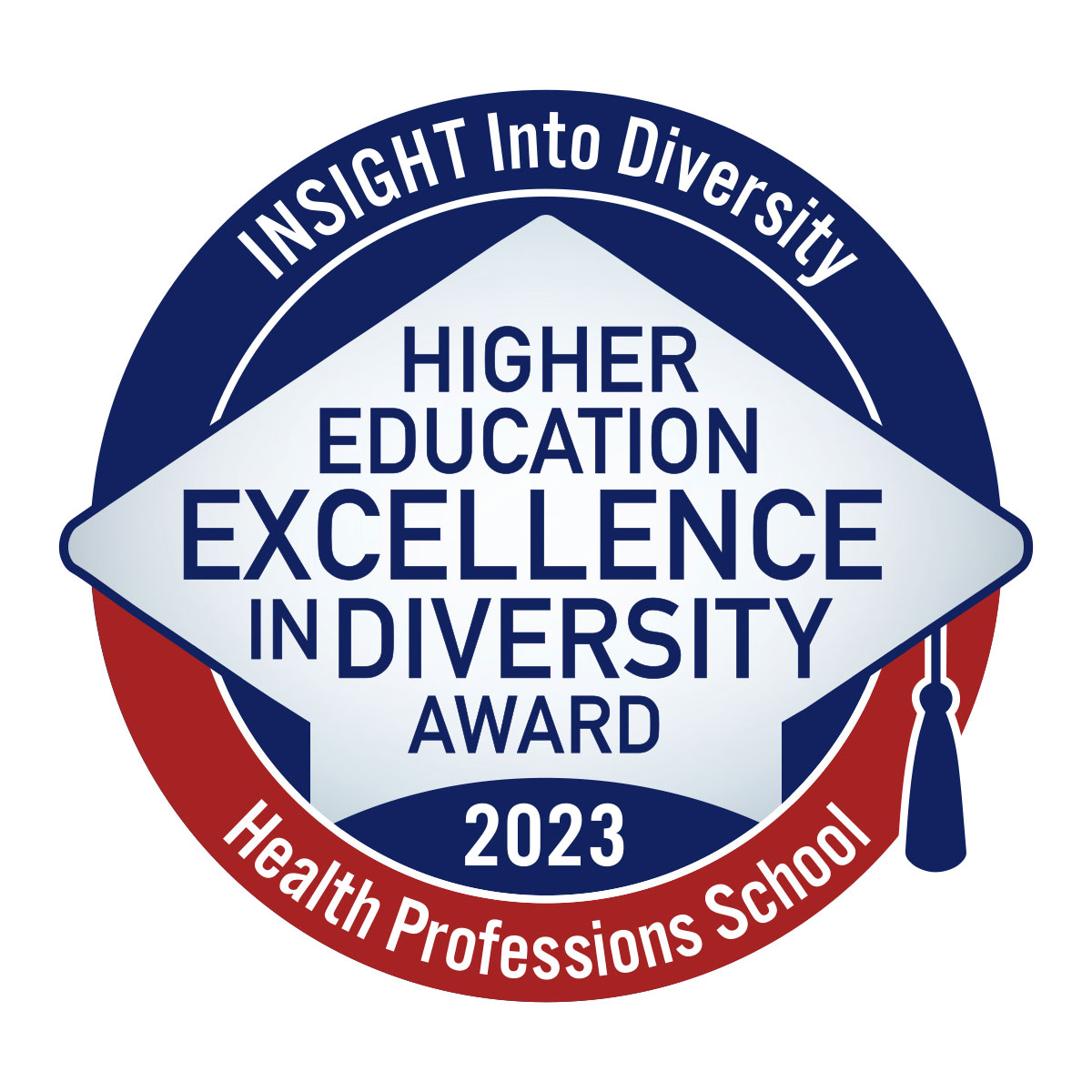EHS faculty member talks ongoing projects, advice for students
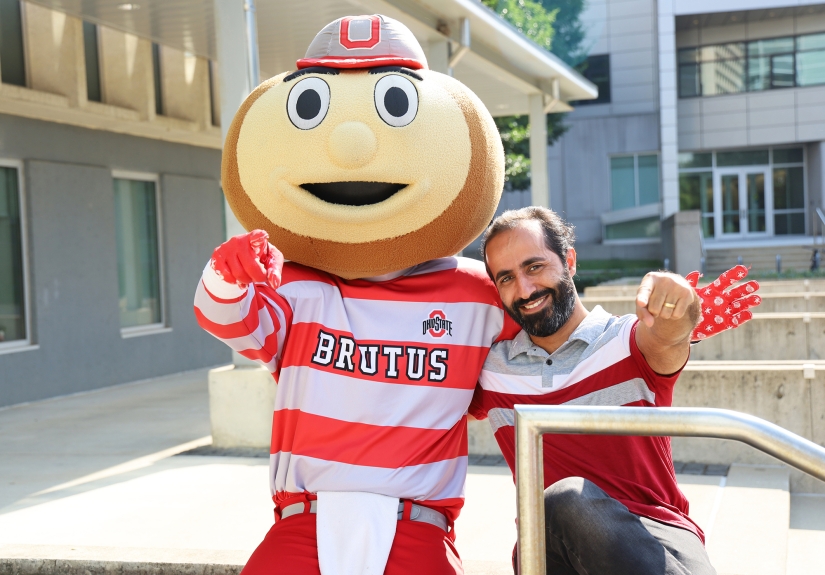
Meet Ahmad El Hellani, an assistant professor in the Division of Environmental Health Sciences who analyzes tobacco products, identifying harmful toxicants that could impact the long-term health of smokers.
El Hellani shares why he made an early career pivot into regulatory science, what he wishes everyone know about the tobacco industry and his advice for public health students.
Your background is in organic chemistry. Why did you shift your focus to environmental health science?
My background in organic chemistry carved in me an interest in molecules, structures and chemical reactions. Almost a decade ago, I had an opportunity to work in tobacco regulatory science and my organic chemistry training was a perfect fit for this new research interest. I look at nicotine, the addictive chemical in tobacco products, on the molecular level from a chemist’s perspective. I try to understand its reactions and interactions with other constituents in tobacco products, in the body and in the environment.
This chemistry training also equipped me with the tools and expertise needed to study other environmental health science topics.
What has made you most proud about your work in public health?
I’ve been proud to build my Environmental Analytical Lab and co-lead major components in a recent Tobacco Center of Regulatory Science grant. I am co-leading one project focused on e-cigarette nicotine regulations with Professor Theodore Wagener, and co-leading the analytical core with CPH Research Professor Marielle Brinkman.
Can you share more about your lab work?
We analyze tobacco products and their constituents. Most often, the label doesn’t tell us what’s in the products, and if they put something on the label, most of the time it’s not accurate. What we do in the lab, and what we’ll be doing as part of this Tobacco Center of Regulatory Science project, is monitor the market and see what are the components of the tobacco products that everybody is using — specifically kids.
I work very closely with (Marielle) Brinkman. She brings in tobacco products and uses machines in her lab that will smoke those products, either in a standard way or a way that mimics an actual person consuming them. We collect the smoke that is generated, then we go to my lab where we do the analysis. Using analytical equipment we assess the emissions of tobacco products, for example measuring how much nicotine is being transferred and what other toxicants are found in the smoke that could affect the health of people using them on a regular basis.
What is one thing you’ve learned through tobacco research that you want everybody to know?
I have learned a lot during this decade of working on tobacco control research. But a few things that I want everybody to know are how the tobacco industry manipulated its products to make them more deadly and addictive, targeted racial and gender minorities to exploit social stressors and greenwashed its wrongdoing with questionable science, marketing and lobbying.
These points encourage me and my colleagues to produce more reliable data, work with regulatory agencies to (develop) stricter tobacco policies, and work with community partners to help alleviate tobacco-related health disparities.
What other research are you working on?
I have an ongoing project with Associate Professor Olorunfemi Adetona from my division where we are trying to assess firefighters’ exposure to different flame retardants.
The common threads between that line of research and tobacco research are environmental analytical chemistry and exposure monitoring. Either we are monitoring the occupational exposure of firefighters, or we are monitoring the exposure for people who use tobacco products.
What is your advice for students trying to identify their career paths in public health?
Find something you are passionate about. If you don’t find what you like from the get-go, find something that allows you to grow.

